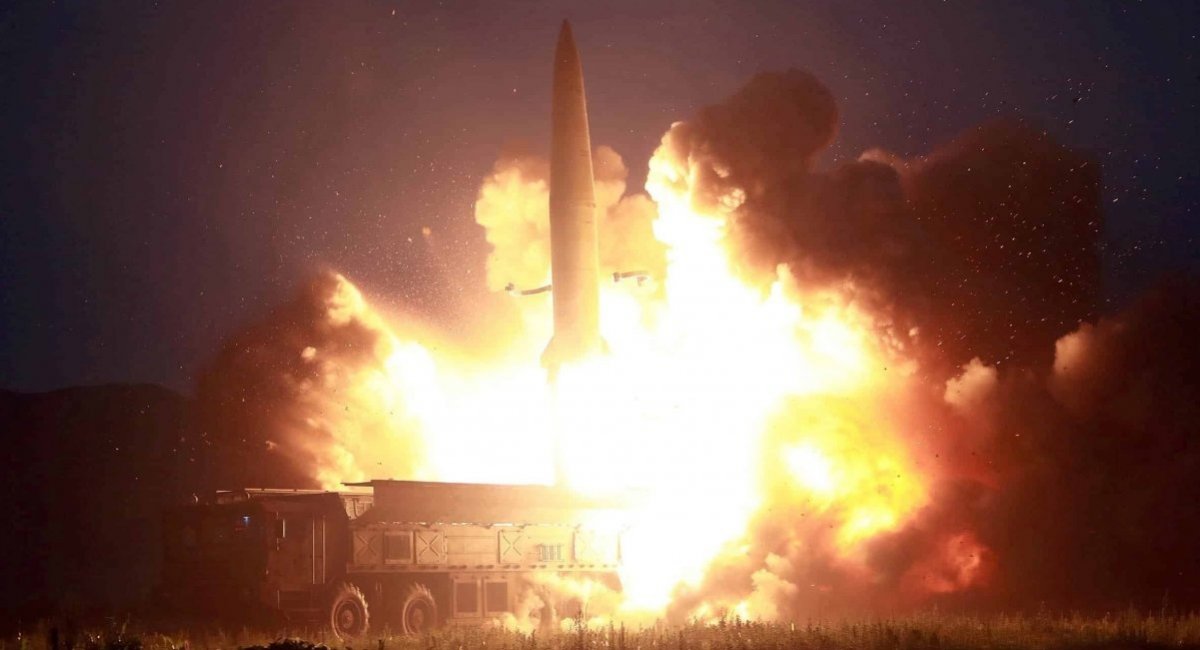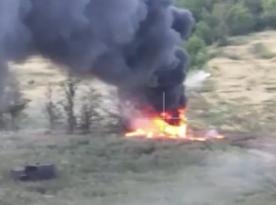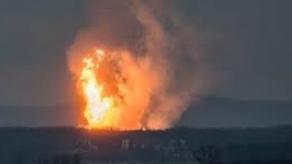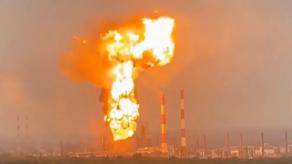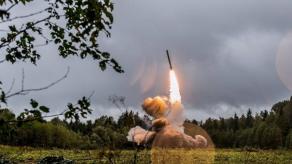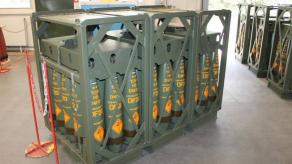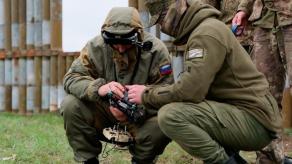Overnight April 24, Kyiv came under attack by russian invasion forces. It was a combined strike using multiple types of weapons: KN-23 ballistic missiles russia got from North Korea, domestic Kalibr cruise missiles, and iranian Shahed-136 drones. Particularly, several KN-23s were identified by analysing the wreckage, Defense Express learned from sources familiar with the findings.
This attack was part of a larger strike on Ukraine, where the capital was the main but not the only target. According to the Ukrainian Air Force Command, the russians also aimed at towns and localities around Kyiv, as well as Kharkiv, Dnipropetrovsk, Zhytomyr, Zaporizhzhia and Khmelnytskyi regions.
Read more: Confirmed Strike Damages Final Assembly Workshop at Plant in Alabuga Producing Hundreds of Combat Drones for russia Daily
The official report, published the following morning, says the enemy used 11 ballistic missiles in general, which were launched from sites in the Bryansk, Voronezh and Kursk regions of russia; seven missiles were shot down by air defense. As for other threats, neutralized were 31 out of the 37 Kh-101 cruise missiles launched by Tu-95MS bombers, all four Kh-59/Kh-69 missiles, 6/12 sea-based Kalibr cruise missiles, but none of the six Iskander-K cruise missiles.
Besides, the russians used 145 long-range one-way attack drones, 13 managed to get through. Of the rest, 68 were "lost on location," which commonly refers to drones suppressed or spoofed by means of electronic warfare, and 64 Shaheds were shot down physically.
A video of a missile — now confirmed to be the KN-23 — falling into a residential area in Kyiv has spread throughout social networks, showing another cloud from the explosion.
Важка атака.У Києві на цю годину 9 загиблих, 63 постраждалих.Триває розбір завалів.Відео: libkos06:11 24.04.25 pic.twitter.com/v74WUPoGyt— monitor (@war_monitor_ua) April 24, 2025
Earlier, the Defense Intelligence of Ukraine stated that russia had modified the KN-23 to achieve greater accuracy and reliability. Known attempts to use the missile in the past in 50% of cases ended with them falling apart midair. The ones that survived deviated from the aiming point by up to 1.5 km.
On occasions, North Korean missiles fell from any presumed targets. For example, on July 31, 2024, a KN-23 turned into pieces mid-flight and fell in a forest east of Brovary, followed by a similar instance on August 6 when it landed in a forest near Bila Tserkva.
However, the adjustments made by russian specialists apparently allow the aggressor to use KN-23s more actively, although the targets are usually residential areas where the attacks sow panic and civilian killings.
Read more: russian Troops Invent Strange Armored Train, Already Hit by Ukrainian Drone




